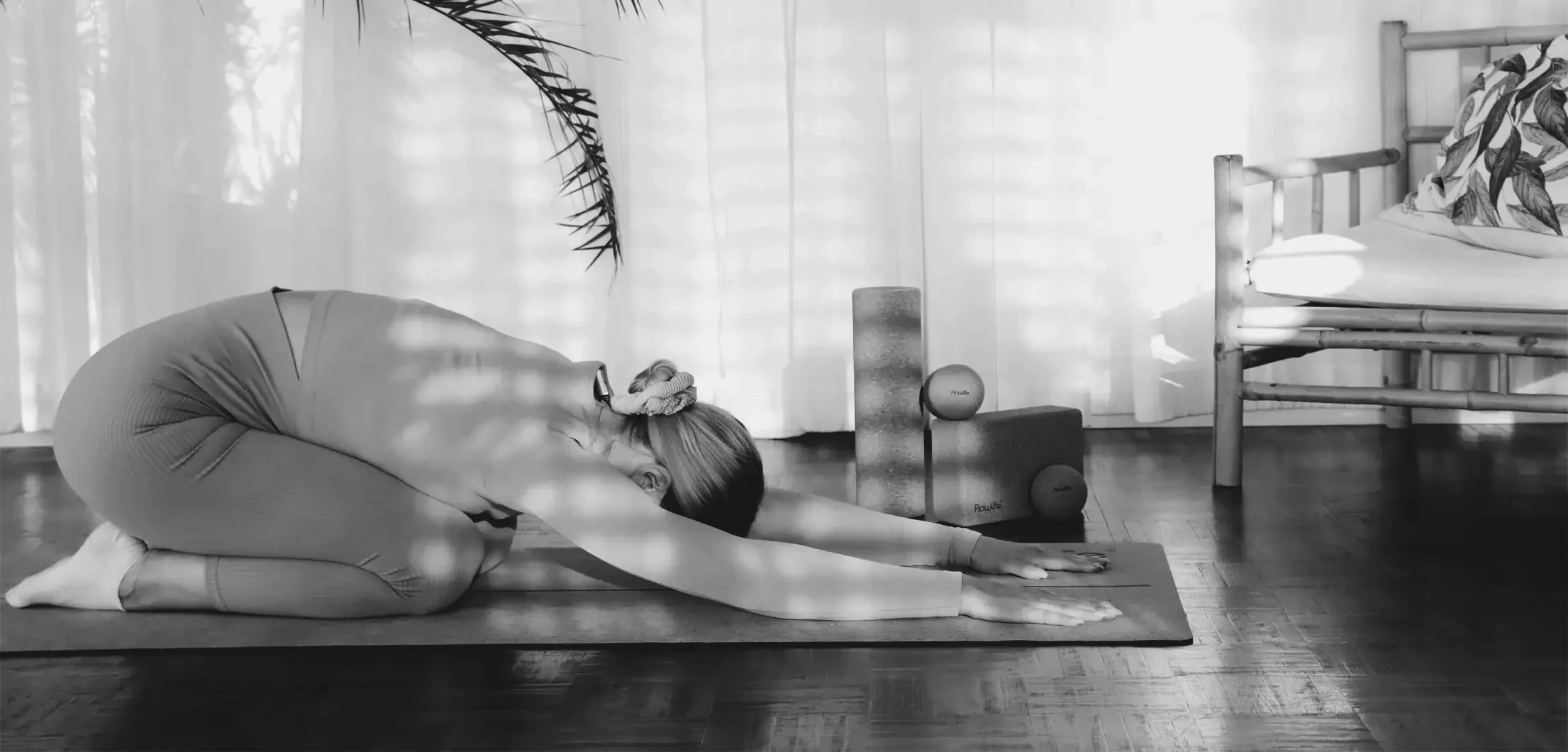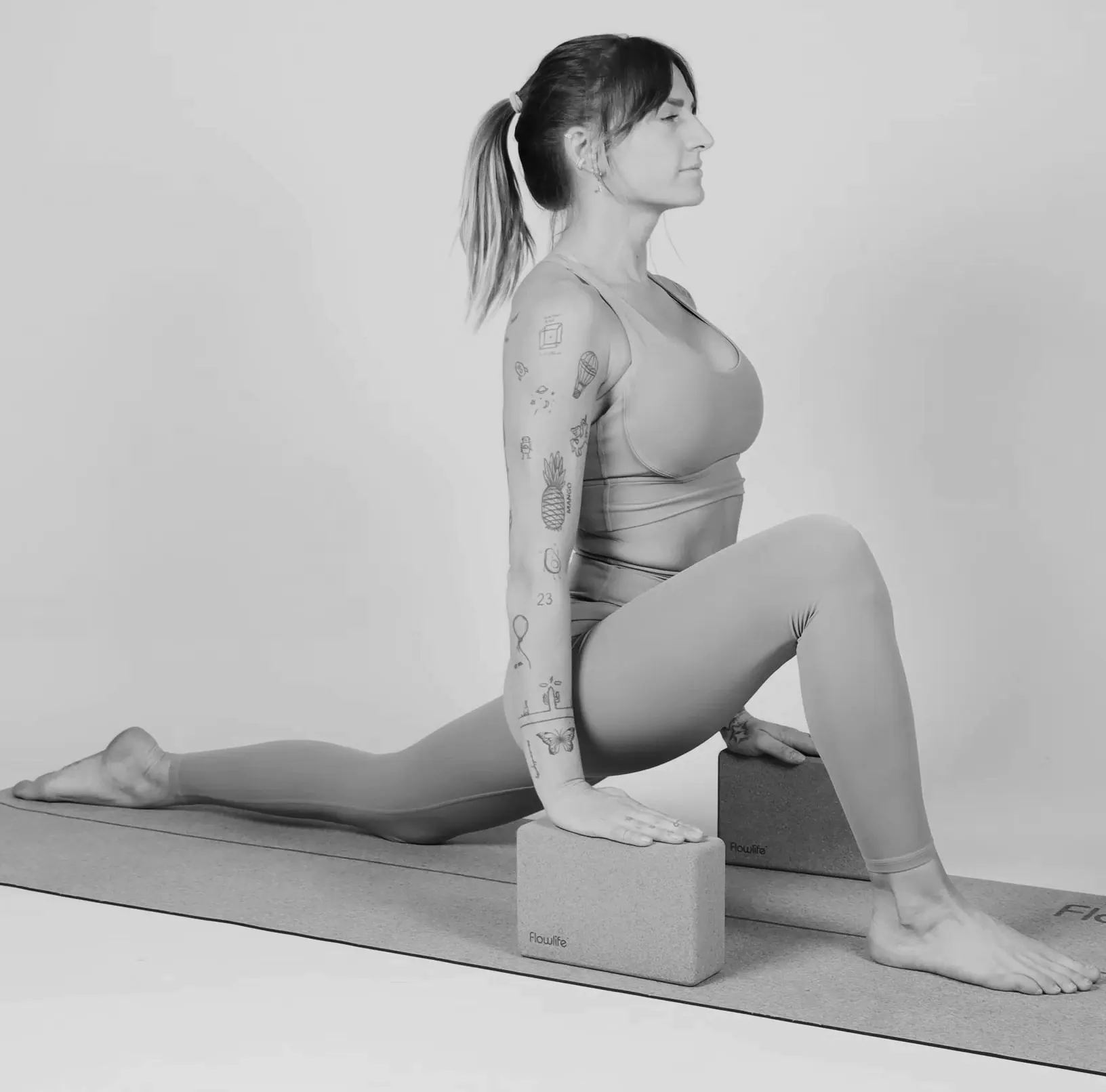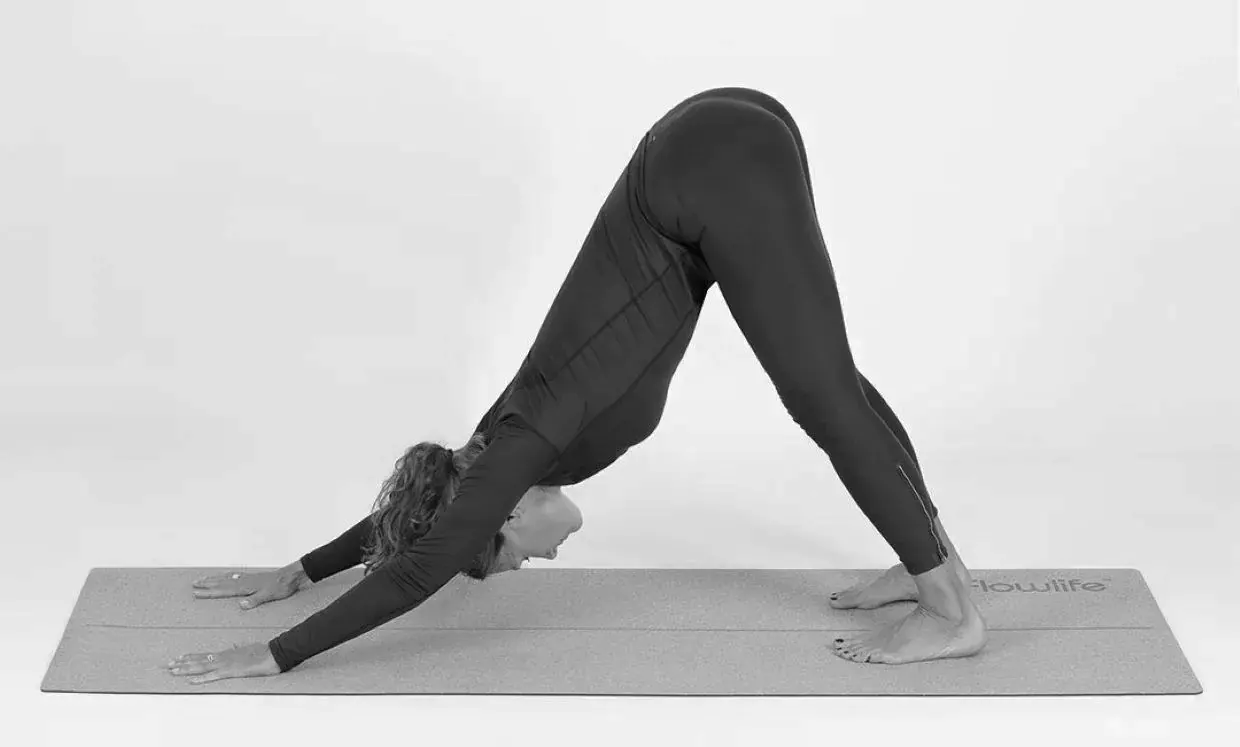Imagine efficiently performing all the movements you wanteryday life and during training. Sounds good. To achieve this, you need to focus not only on cardio and strength but also spend time on your mobiMoving smoothlyreely and smoothly is essential for feeling good and performing at your best while reducing the risk of injury. Mobility is something you need to maintain continuously. Otherwise, you may lose thsmoothly. Your body's jointsoints in your body love movement, so make sure they get what they need!
When muscles are short and tense, it can cause pain and limit your movement. It can also create tension in other parts of the body. Both stretching and massage help you maintain your agility and mobility, making your body feel great and perform at its best.
Here are some exercises that are also good for improving mobility and stretching muscles.
Child´s Pose:
Child's Pose is a popular yoga exercise where you lean forward and increase mobility. It helps stretch several muscle groups that often become tense or shortened from daily activity or a sedentary lifestyle. When bending forward in this position, you pull the muscles in the back, hips, thighs, and shoulders.
- Sit on a yoga mat with your big toes together and your knees wide apart. Place your heels together and sit down.
- Lean forward and extend your arms forward along the floor. Place your forehead on the floor or a yoga block.
- Breathe deeply and relax in this position for 30 seconds to 1 minute.

Dock/Fish Position
This is a combination of dock and fish pose, a yoga pose performed on your back. It is excellent for stretching the back and chest while also stretching the neck and throat. It is also very relaxing!
- Place a yoga block on the mat and turn it to a suitable level, either the lowest or second-lowest.
- Sit on your buttocks in front of the block with bent knees.
- Place your hands behind you and slowly lower yourself onto the block so that you lie on the yoga block with it positioned between your shoulder blades.
- Tilt your head back and let the top of your head rest against the mat.
- Stretch your arms along the sides with your palms facing up.
- Hold the position for eight breaths to enjoy a comfortable stretch and relaxation.
Hip Flexor Stretch:
Stretching the hip flexor can improve mobility in the hip area and reduce the risk of injury and discomfort in the hip and lower back. Strong hip flexors can also improve body posture and reduce the chance of back-related problems.
- Start standing with your feet hip-width apart.
- Take a big step forward with your right foot and lower yourself into a lunge position. Ensure your front knee is directly above the ankle, and your back knee is close to the floor.
- Place your hands along your body and on a yoga block if needed. As you press your hips forward, you should feel a stretch on the front side of one hip.
- Hold for 15-30 seconds, then switch legs. Repeat 2-3 times per side.

Lumbar Rotation:
Lumbar rotation is an effective stretch that increases mobility and flexibility in the lower back and hips. By rotating the lower back, tensions are released, circulation is improved, and discomfort is reduced. This stretch can also help improve spinal mobility and balance muscle strength, preventing injuries and pain in the lower back.
- Lie on a yoga mat with your knees bent and your feet flat on the floor.
- Gently let both knees fall to the right side and twist your upper body to the left, keeping your left shoulder in contact with the floor.
- Next, stretch your arms to the sides and keep your gaze straight up or over your left shoulder.
- Hold for 30-60 seconds, then repeat on the other side.
Downward Facing Dog:
Downward Facing Dog is a classic yoga pose that stretches the entire backside of the body, strengthens the arms and shoulders, and provides a fantastic stretch for the calves and hamstrings.
- Start on all fours with your hands shoulder-width apart and your knees hip-width apart. Place your hands slightly in front of your shoulders and spread your fingers.
- Exhale and press your palms into the mat while lifting your hips up and back. Try to straighten your legs, but if you feel the tension in the back of your thighs, it is okay to have slightly bent knees. You can also use yoga blocks to place your hands on.
- Press your hands into the floor or yoga blocks and distribute your weight evenly between your fingers and palms. Roll your shoulders outward and draw your shoulder blades down.
- Try to bring your heels toward the floor and stretch out your calves. If reaching the floor with your heels is challenging, keep a slight knee bend.
- Keep your head relaxed between your arms and your gaze directed at your knees or feet.
- Breathe deeply and hold the position for 15-30 seconds. To exit the pose, gently walk forward with your feet and roll up to stand.

Massage guns for increased mobility
Massage guns are also an effective tool for improving mobility and can complement stretching for increased mobility. In addition, a massage gun works well for warming up the muscles before stretching or training.
To use the massage gun effectively:
- Treat gently and gradually increase intensity.
- Get your body used to the treatment slowly and increase the number of usage occasions.
- Massage different body parts in intervals and avoid focusing on one spot for over a minute.
Here are some of the benefits that the massage gun can offer:
- The massage gun can help reduce pain and soreness by loosening muscle tension, making it easier to move freely.
- The massage gun increases blood circulation in the muscles, increasing mobility and flexibility, which can be particularly useful after exercise or for people experiencing stiffness and mobility issues.
- The massage gun can help prevent injuries and contribute to more effective recovery by increasing blood circulation and muscle mobility.
- The vibrations from the massage gun can relieve muscle tension and increase blood circulation, which can help reduce sore muscles and improve mobility.
The massage gun can be valuable for increasing mobility, improving recovery, and preventing injuries. By using it regularly, you can achieve a more agile and flexible body, making it easier to move and perform in everyday life and during training.
Remember that your body is made to move – so give it what it needs to feel its best!
If you find this post interesting, read more about mobility training here!
If you want to learn more about our yoga assortment and why it´s made of cork material, you should also read this post.

